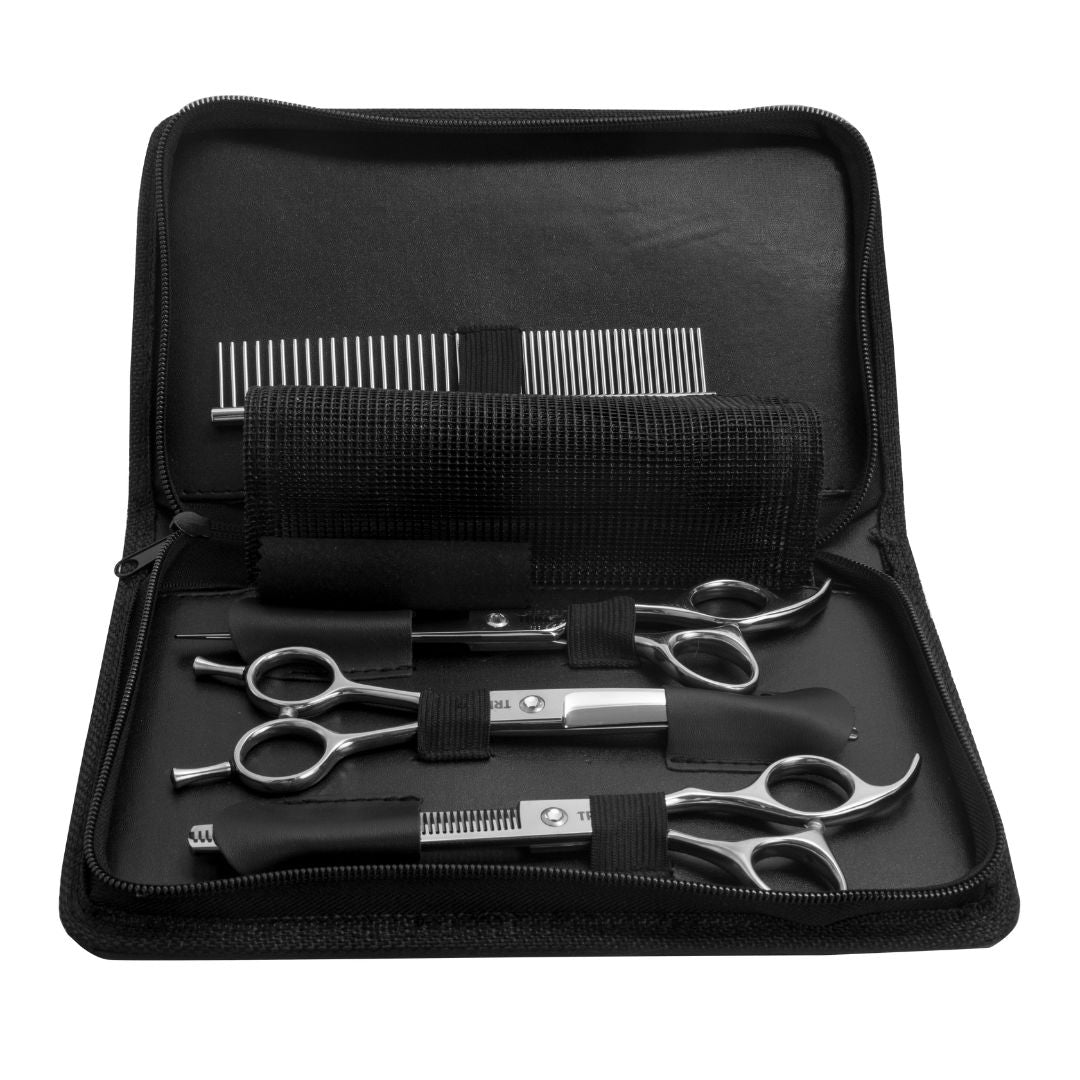7 Essential Dog Training Commands
Dog commands
Dogs are said to be the most loyal pets anyone can ever have throughout their lifetime. They hold the true meaning of unconditional love and support and will never leave your side. As a dog parent, there are certain words and habits that one needs to follow to communicate better with their dog and build a healthy and loving relationship.
No matter if your new dog is a puppy or an adult rescue, she undoubtedly needs some obedience training. A well-behaved puppy should especially comply with the seven instructions Sit, Down, Stay, Come, Heel, Off, and No to develop into a respectable canine citizen.

Sit
For the majority of dogs, sitting comes most naturally. Because it's so simple for them to learn, even pets with no prior training background can become proficient in it after a few classes. Additionally, because sitting is a transitional command, you can move on to other commands once a dog can execute it. To sit is to remain. We start by enticing the behavior before teaching t. Before training dogs to "sit" on command, we want them to understand how to sit. Once a dog has mastered the sit command, we use a lure followed by the "sit" command until the dog no longer requires the bait.
Down
Down is comparable to removing a car's keys from the ignition. Because nothing is holding a dog in place while she is standing, she could go away just like a running car. A dog in a sitting position is similar to a car in the park, but she can still easily boogey out of it. As the engine turned off, she was lying down. The ability to control your dog with the command also makes it a great place to start when learning techniques that are more difficult, such as rolling over or appearing dead. Down also means to remain. Saying "Down" and "Stay" is not necessary. It's superfluous and redundant. The training method is the same as "sit and stay," and "down" is a synonym for "remain until released."
Come
Your dog needs to know how to come when called if you intend to take her off-leash. It makes it easier for her to stay close, whether they are trekking or just having fun in the garden. If she runs off the leash in the dog park, it can also help her get away from the street. The goal is a solid, error-proof recall where the dog immediately comes back to you. Every dog must be able to respond to its owner’s call.

Heel
No matter their size, all dogs should be trained to heel or calmly follow you when you're walking. This is crucial if you walk your dog in congested urban locations with little room for sidewalks. For large or strong puppies who naturally tug on the leash, the skill is much more crucial. If your dog can heel, it will make walking them easier and more fun for you and your arm. With this command, the dog will learn what is acceptable and what is not.
Off
Jumping up on humans or furniture is one of the most common dog issues, so if your dog can't keep all four paws on the ground, don't give up hope. She leaps up, holds her paws, and shakes a plastic container filled with pennies while saying "Off" to get her to remain off. All of those objects discourage jumping, so test a few to see which one your pup prefers.
No
Some dog trainers instruct their students to use no when the dog shouldn't do something and leave it when they don't want them to investigate a particular object or circumstance. To keep things simple, dog owners should stick with No. No serves as a good, all-purpose command for everything you want your dog not to do because attempting to differentiate between the two can be confusing to both people and animals



















Leave a comment
Please note, comments must be approved before they are published
This site is protected by hCaptcha and the hCaptcha Privacy Policy and Terms of Service apply.